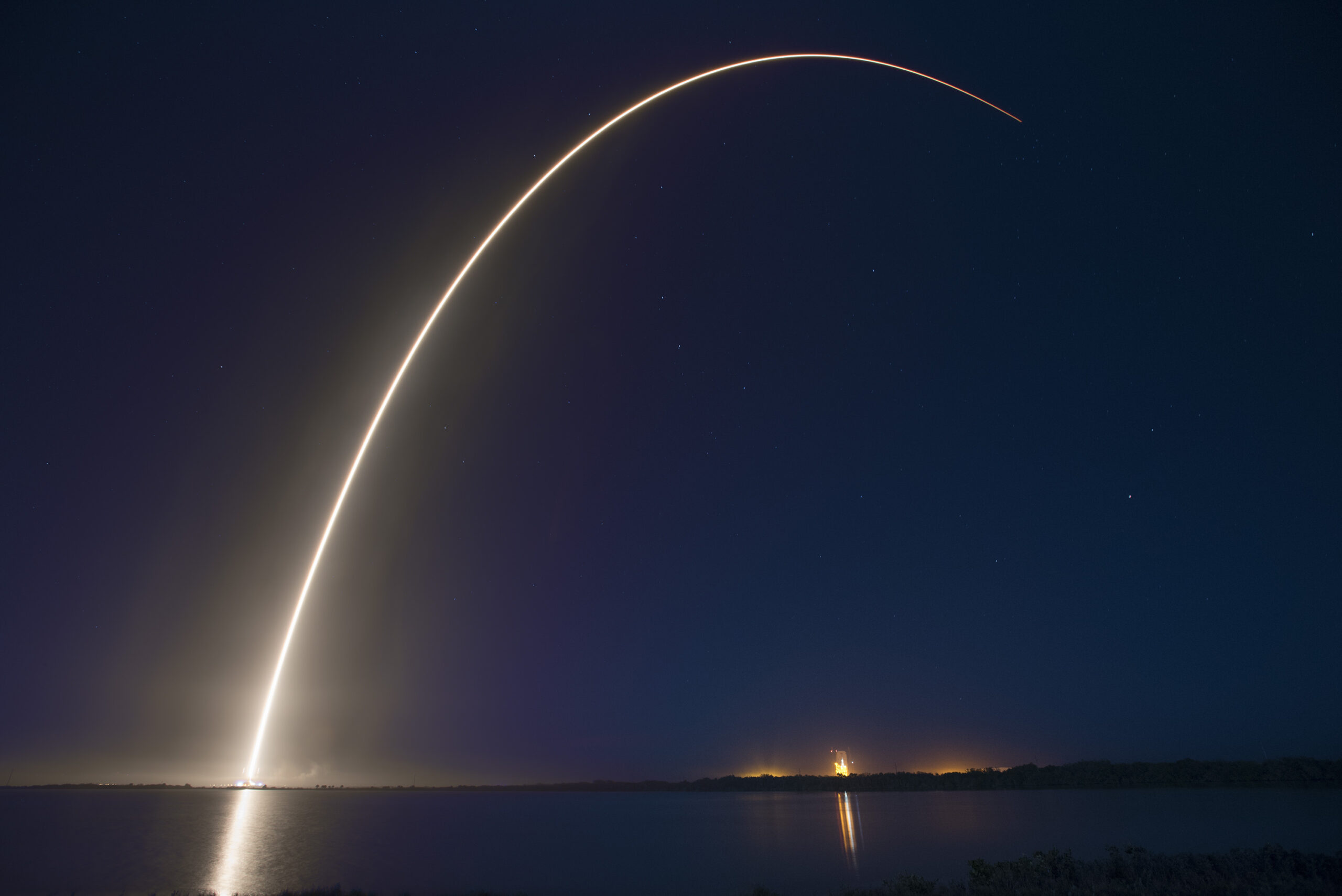We introduced you to a little (huge!) project called Project Loon: here. Now, we’re going to start following their journey and reporting back you. While I’m sure this project has been in the works for quite some time, Google just announced it’s existence June 14th, 2013. With a little over a month now under their belt in the public eye, let’s catch up with Loon and see what’s been happening over in their neck of the world.
Back in the beginning of June, Loon held a balloon launch in the outskirts of Christchurch, New Zealand. Why did they choose New Zealand, you wonder? Well, over 1/4 of the country doesn’t even have internet. For those that are fortunate enough to have access -it’s extremely expensive. So what were the next steps? 1.) Launch those giant high-tech balloons in the air 2.) Track them and finally 3.) Connect to the internet! The launch was successful and the excitement was palpable.
One of the balloons on the New Zealand pilot test made a big impression. Named Ibis-74 (different versions of the balloon envelope are named after different birds, this was the 74th version of the “Ibis” model), the team had a feeling that this would be a long-haul balloon -so they let it soar. The balloon lasted in the air for 11 days and 22 hours. During it’s almost-twelve-day-voyage it managed to trek over 17,600 kilometers (almost 11,000 miles!). The balloon coasted over 3 continents during it’s time in the air. This was a huge win because it was the longest flight they’d had so far. Along its journey it traveled across the entire expanse of the South Pacific, passing then over oceans under the southern tip of South America, and finally past Coronation Island (Antarctica). Because it was winter solstice in Antarctica (and the balloon wasn’t dressed for a blizzard) they brought the balloon down near the South Orkney islands.
During this flight, the Ibis-74 flew right into a set of storms that reached 2400 kilometers in width. This is a huge storm -half the size of the continental U.S. The Ibis-74 spent 2 days high in the stratosphere orbiting a large vortex. The balloon traveled only a short distance each day while spinning around, crossing back and forth, etc. This storm taught the Project Loon team that balloons traveling up in the stratosphere can still be extremely affected by huge storms. The path of the Ibis-74 was drastically changed and the balloon was eventually pushed out of the vortex and towards Chile.
Another challenge encountered was the lack of sunlight during the day in the far southern latitudes. During its time in the far southern latitudes, the balloon experienced about 5.5 hours of sunlight every day in contrast with 18.5 hours of darkness. The sunlight that powers the solar batteries is extremely important because these batteries allow each balloon to transmit signals, to run the heater so the electronics don’t freeze, and to change altitudes for navigation. It was definitely an eye opening learning process.
This long journey helped the team with experience in new situations. They now have data of balloons flying through storm systems, extreme temperatures, and limited solar charge times for their batteries. A great learning experience for this game of trial and error.
You can follow along with us as we stay updated on Loon’s progress. What do you guys envision will be some big obstacles they’ll be facing?
What’s next for the Project Loon gang?
Read More About Project Loon: Here
Image Credit: https://plus.google.com/+ProjectLoon/posts




